Whose City is It? Hurricane Katrina and the Struggle for New Orleans’s Public Housing, 2003–2008 (2012)

The obstacles public housing residents faced were not accidental or due to government foul-ups or inefficiency. Rather, they were intentional and made perfect sense in light of the blueprints drafted by political and economic elites for a new New Orleans in the aftermath of Hurricane Katrina.
Issue #51: Missing New Orleans: Twenty Years Since Hurricane Katrina (Part One)
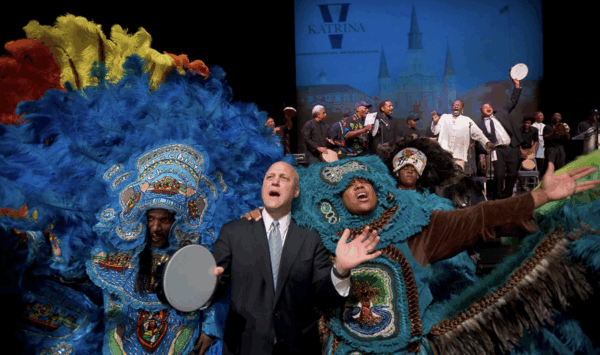
This double issue invites readers to come to terms with how New Orleans has been remade in the interests of the investor class—a shifting constellation of local and national corporations, developers, government officials, think tanks, and pundits—even as they’ve leveraged authenticity and nostalgia to placate dissent, and how the battle for a more just city is yet to be won or even waged in any sustained way. As a collection of essays, written in response to recovery efforts over the last two decades, When the Investor Class Goes Marching In is addressed explicitly to questions of political economy, describing how a recovery project driven by propertied interests has fostered an extreme housing affordability crisis, and makes the case for why decommodification of housing should be the centerpiece of popular left politics in the Crescent City and beyond.
When the Investor Class Goes Marching In: Twenty Years of Real Estate Development, Privatization and Resiliency in New Orleans
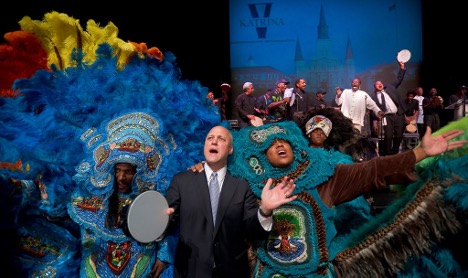
What the storm and the sheer devastation wrought in its wake made possible was the consolidation of this ideological transformation virtually overnight—as city boosters, public officials, wealthy developers, private contractors, multinational hotel chains, anti-poverty researchers, entertainment conglomerates, and charter school advocates coalesced to promote a vision of wholesale privatization.
Missing New Orleans: Twenty Years Since Hurricane Katrina – Editorial Note

We still find it hard to believe that twenty years have passed and that there are many New Orleanians and Americans, for that matter, with little or no recollection of the disaster. This collection is intended as a primer for those unfamiliar with this catastrophic historic event and its manifold social and political impacts on the city and American life more generally.
Charity, Philanthrocapitalism, and the Affect Economy (2013)
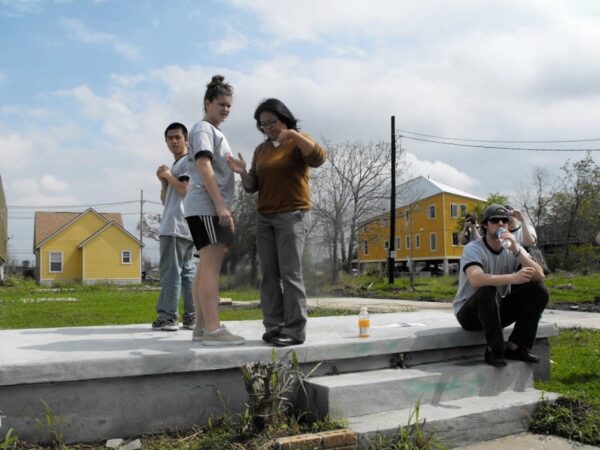
The seductive notion that private-sector movements will rectify or redress and respond to the larger problem of disenfranchisement of the poor and the underrepresented in America is powerful, especially for those who see their participation in such movements as a radical alternative to conventional infrastructures of social inequality and who reap the rewards of such action.
Hazardous Constructions: Mexican Immigrant Masculinity and the Rebuilding of New Orleans (2011)
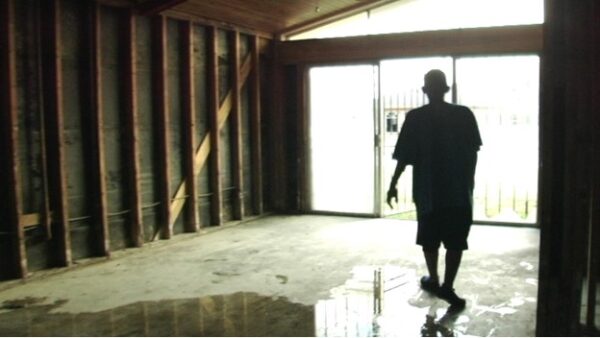
New Orleans demonstrated that Latino workers’ occupational risk resulted not only from contractors’ discriminatory work assignments but also from federal agency neglect whose outreach efforts focused on workers rather than on employers.
Beyond the Katrina Moment: Exposure and the Political Economy of Invisibility after the Levee Failures (2025)
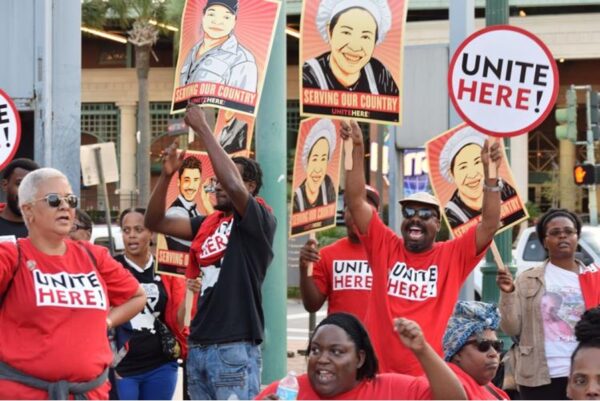
While the storm may have exposed the so-called invisible poor and the destitute living condition of America’s most poverty stricken and disrepaired major city, it in fact furthered the connection between the political economy of invisibility and economic dislocation.
Neoliberal Hurricane: Who Framed New Orleans? (2007)

Fundamentally, the agenda of the new urban right is about setting the ‘ground rules’ for appropriate behaviour in cities, largely modeled on middle-class norms; establishing the preconditions for economic growth, largely through the kinds of minimalist supply-side interventions metaphorically represented, in this case, by the cat-5 levee; and maintaining social order through ruthless application of the force of law, facilitated by zero-tolerance policing.
Issue #50: When Compromises Come Home to Roost

In this issue, Adolph Reed looks at a range of mid-century compromises that reshaped the nature of American politics; Touré Reed addresses the question of racial resentment in contemporary politics; José Arellano shows how the film Ex Machina figures the convergence of neoliberal economics and aesthetics; Pawel Kaczmarksi clarifies the role of Marxist notions of base and superstructure through a critique of Vivek Chibber’s writings; and Stephen Schryer critiques ecocritical readings of Richard Powers’s The Overstory as missing the point of the book’s critique of capital.
The Earth’s Intentions: Richard Powers’s The Overstory and the Limits of Anti-Anthropocentrism

Critics have celebrated Richard Powers’s Pulitzer Prize-winning novel, The Overstory (2018), for the way that it distills key ecocritical ideas that gained traction in the humanities in the 2010s. Echoing New Materialists’ insistence that we set aside subject-centered ontologies that reduce non-humans to an instrumental status, the novel endows trees with agency, even granting them the ability to speak in a language that human beings might learn to understand. This essay pushes back against this desire for deep ecology, arguing that it short-circuits the novel’s critique of global capitalism. Drawing on a Transcendentalist model of language, Powers’s novel imagines trees using natural signs that collapse signs and referents, allowing them to directly change the chemistry of human brains. This fantasy of mind control distracts from the novel’s investment in communicative action, marked by recurring scenes of reading and persuasion.
